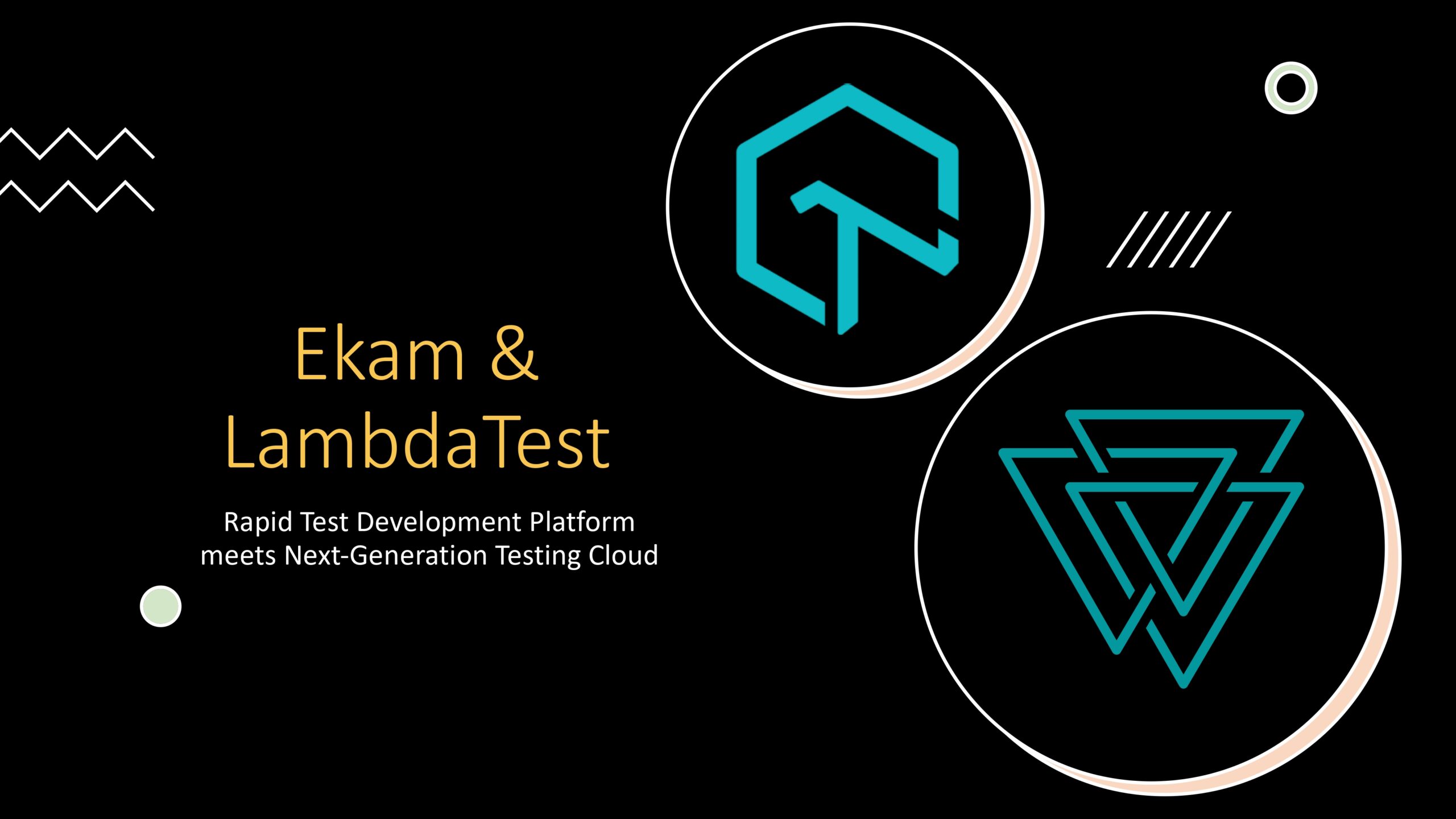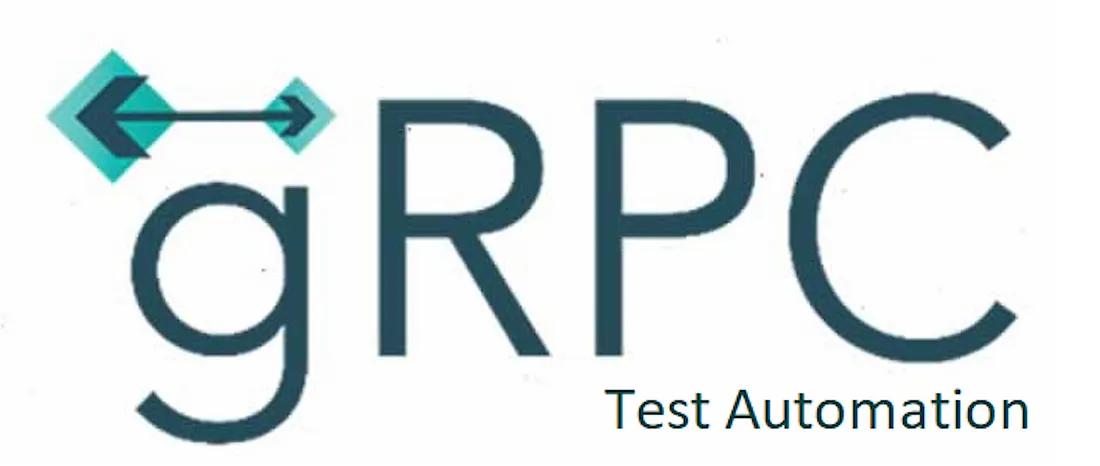
Does Your Company Need QA Transformation? Here Are the Warning Signs!
In the dynamic landscape of software development, ensuring the highest level of quality
Testing across all interfaces, platforms and architectural components
Product test engineering, Shift-Left testing and digital transformation
Automate tests across all interfaces, platforms and horizontal scaling
Generative AI, Flutter, React Native, Micro-services, Micro-frontends & TestOps
Measure and enhance the efficiency & effectiveness of testing teams & solutions
Offshore Testing Setup as a Service, platform engineering and Modernisation


Test Observability & Engineering effectiveness
“Test Observability refers to the practice of monitoring and gaining insights into the execution and outcomes of software tests. It involves the systematic collection, analysis, and visualization of data related to the testing process to enhance the understanding of test scenarios, identify issues, and improve overall testing effectiveness.”
Observability, as a concept, has been around for a while and has its roots in fields like control theory and systems engineering. It became more prominent in the context of software systems as organizations started dealing with increasingly complex and distributed systems.
The ability to measure a system’s state based on the data it generates, such as logs, metrics, and traces. It helps IT teams understand and improve performance, user experience, and business outcomes in complex cloud environments.
Test Observability refers to the practice of monitoring and gaining insights into the execution and outcomes of software tests. It involves the systematic collection, analysis, and visualization of data related to the testing process to enhance the understanding of test scenarios, identify issues, and improve overall testing effectiveness.
We invest considerable effort in crafting numerous tests to uphold the quality of our software systems, spanning from unit, component, integration, contract, functional, to non-functional tests, and beyond. These tests serve as the safety-net for the system’s state.
As software systems evolve and grow in complexity, we continually augment our test suite to ensure their desired functionality. However, as the number of tests and executions proliferate, managing and maintaining these test assets becomes an enormous challenge. Over time, these once-vital test assets transform into adversaries, impeding efficiency rather than facilitating quicker releases.
What we require is a mechanism that comprehensively analyzes these test assets, execution results, and historical data to generate actionable insights. Such insights are instrumental in ensuring that your test assets not only endure but consistently contribute value to your development and release processes.
While, we have plenty of test reporting tools and applications, Observability goes a step ahead providing meaningful insights, intelligence and quick turn around time to act.
Developer productivity and engineering effectiveness have been central topics of discussion and debate this year. Many companies are placing a significant emphasis on these aspects, aiming to deliver more value to customers swiftly and with less investment.
Within the broader scope of engineering effectiveness, one crucial dimension is an optimized testing strategy and enablement. Test observability plays a pivotal role in enabling engineering teams to gauge the effectiveness of their test assets. The integration of machine learning and artificial intelligence techniques now allows us to rethink how test assets are created, utilized, and maintained through the lens of test intelligence.
AI-powered test observability and intelligence carry immense potential to provide numerous benefits for QA teams. Addressing challenges such as deriving meaningful and actionable insights from complex and extensive test runs, which can be both time-consuming and challenging, is a key focus. Observability and test intelligence, powered by AI algorithms, offer a solution by analyzing test data and providing valuable recommendations.
In the upcoming blog post, we will delve into how test observability can significantly enhance engineering processes leading to engineering effectiveness
Share This Article

In the dynamic landscape of software development, ensuring the highest level of quality

Rapid Test Development Platform meets Next-Generation Mobile Apps and Cross Browser Testing Cloud
